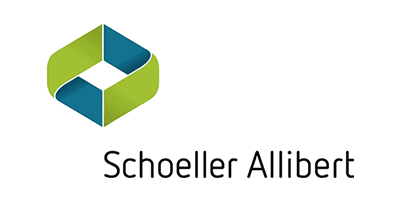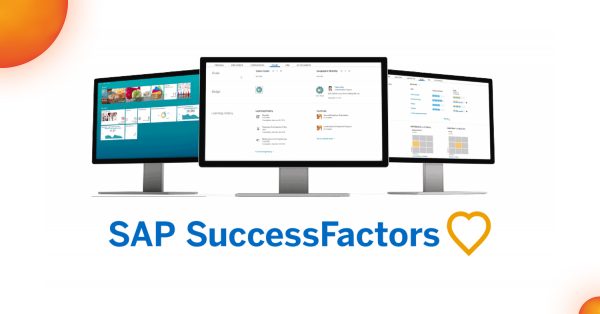Human Experience
Met een uitgebreide historie van meer dan 20 jaar HR kennis en ervaring binnen het SAP-domein heeft myBrand Conclusion een prominente plaats verworven als HCM kennispartij. Maar myBrand Conclusion is ook klaar voor de toekomst en omarmt daarmee de nieuwe SAP HR strategie “Human Experience Management (HXM)” volledig.
Het helpen transformeren van HR organisaties, waarbij bedrijfsdoelen gecombineerd worden met de individuele doelstellingen van de medewerkers, gericht op het realiseren van meetbare toegevoegde waarde, is ons primaire focusgebied. Door de myBrand Conclusion HXM dienstverlening in te zetten binnen jouw organisatie dragen wij, op basis van onze uitgebreide ervaringen, huidige markttrends en markt leidende software, bij aan structurele bedrijfsoptimalisatie en -groei. Twijfel niet en neem contact op om samen met ons van gedachten te wisselen over de mogelijkheden die HXM biedt.












